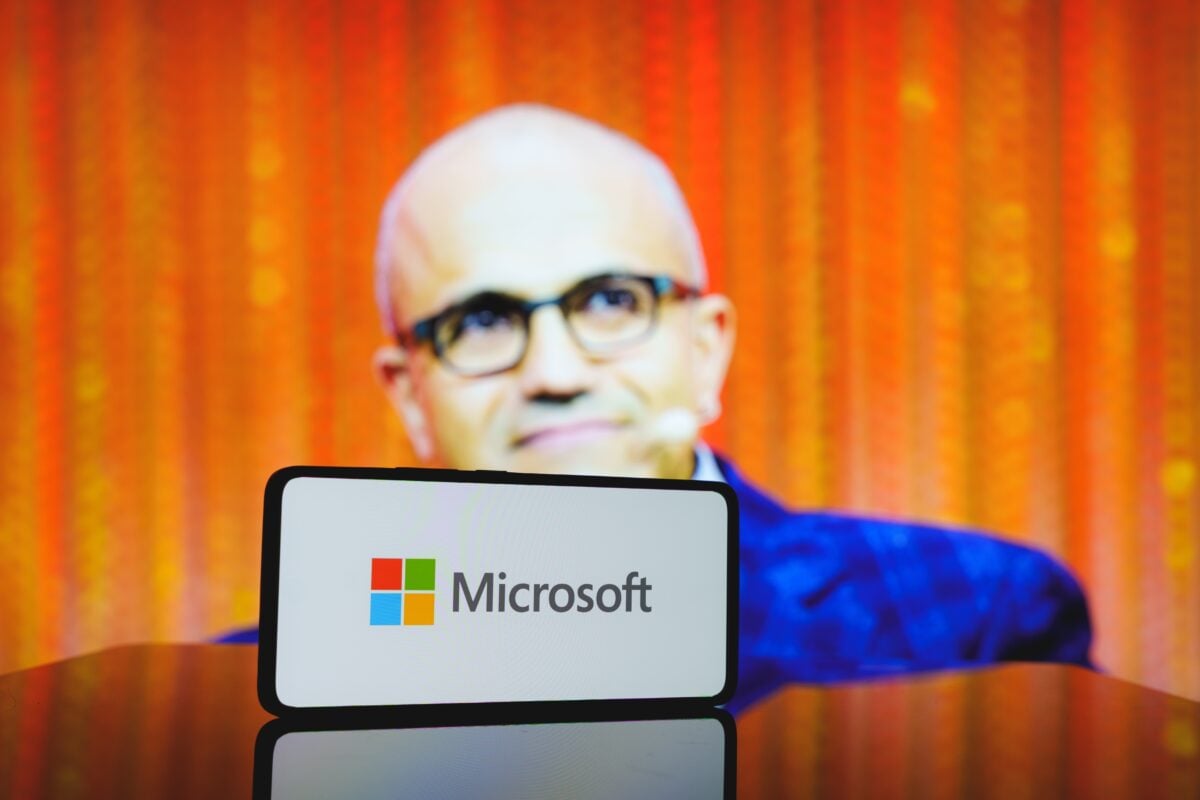TLDRs;
- KT and Microsoft launched SOTA K, a GPT-4o-based AI model tailored specifically for Korean culture and language.
- The model outperformed GPT-4o in comprehension, reasoning, and cultural nuances across fields like law, finance, and healthcare.
- Early adopters include insurance, education, and healthcare sectors, with broader deployment planned across KT’s consumer services.
- The partnership follows a multi-billion-dollar AI investment between KT and Microsoft, strengthening South Korea’s AI competitiveness.
South Korea’s KT Corporation, one of the country’s largest telecommunications firms, has officially launched SOTA K, an artificial intelligence model designed specifically for the Korean language.
The project was developed in collaboration with Microsoft, leveraging GPT-4o as its foundation but enhancing it with datasets and training focused on the complexities of Korean culture, honorifics, and technical terminology.
The introduction of SOTA K underscores South Korea’s determination to carve out a stronger foothold in the global AI race, particularly by developing solutions that reflect its unique linguistic and cultural needs.
A Model Built for Korean Nuances
Unlike global AI systems that often struggle with non-English languages, SOTA K was purpose-built to understand and respond effectively in Korean. KT reported that the model surpassed GPT-4o in comprehension, reasoning, and cultural alignment when tested on locally developed benchmarks.
The system was fine-tuned with a dataset curated by KT, covering domains such as law, finance, history, and healthcare.
This approach ensures that the AI not only generates grammatically accurate responses but also navigates subtle elements such as regional dialects and hierarchical honorifics.
Early Applications Across Industries
KT has already pinpointed several industries where its new AI model, SOTA K, can deliver immediate impact. In the insurance sector, the system is being used to generate automated customer service scripts for Meritz Fire & Marine Insurance, streamlining communication and reducing wait times for policyholders.
In education, SOTA K is assisting Korea’s public broadcaster EBS by helping to create customized curriculum content that aligns with diverse learning needs.
Meanwhile, in healthcare, the model is being applied to process and analyze complex medical data at Yonsei University Health System, supporting both research and patient care. Beyond these initial applications, KT also plans to embed SOTA K into its own consumer services, paving the way for a wider rollout to corporate partners later this year.
A Partnership Years in the Making
The unveiling of SOTA K is the latest milestone in a strategic partnership between KT and Microsoft. The two firms first committed to a 2.4 trillion won (US$1.8 billion) investment in October 2024, targeting AI, cloud, and infrastructure projects.
In March 2025, the companies announced the creation of the AI Transformation Delivery Center (AX Delivery Center), staffed with more than 300 specialists dedicated to enterprise AI adoption. The center aims to support startups and small businesses, with Microsoft supplying GPU resources and KT investing 13 billion won (US$8.9 million) into an AI-focused strategic fund.
Strengthening South Korea’s AI Ambitions
South Korea has increasingly emphasized AI development as a cornerstone of its digital transformation strategy. With the launch of SOTA K, KT hopes to expand its AI-related revenues from 269 billion won in 2025 to 1.4 trillion won by 2029.
This move also positions KT to compete with global players while reinforcing national capabilities in AI sovereignty. By focusing on cultural adaptability, the telecom giant aims to ensure that Korean businesses, institutions, and consumers benefit from AI that feels native rather than imported.
As global competition in AI intensifies, KT and Microsoft’s joint venture highlights how localization can become a decisive edge in building trust and adoption at scale.





